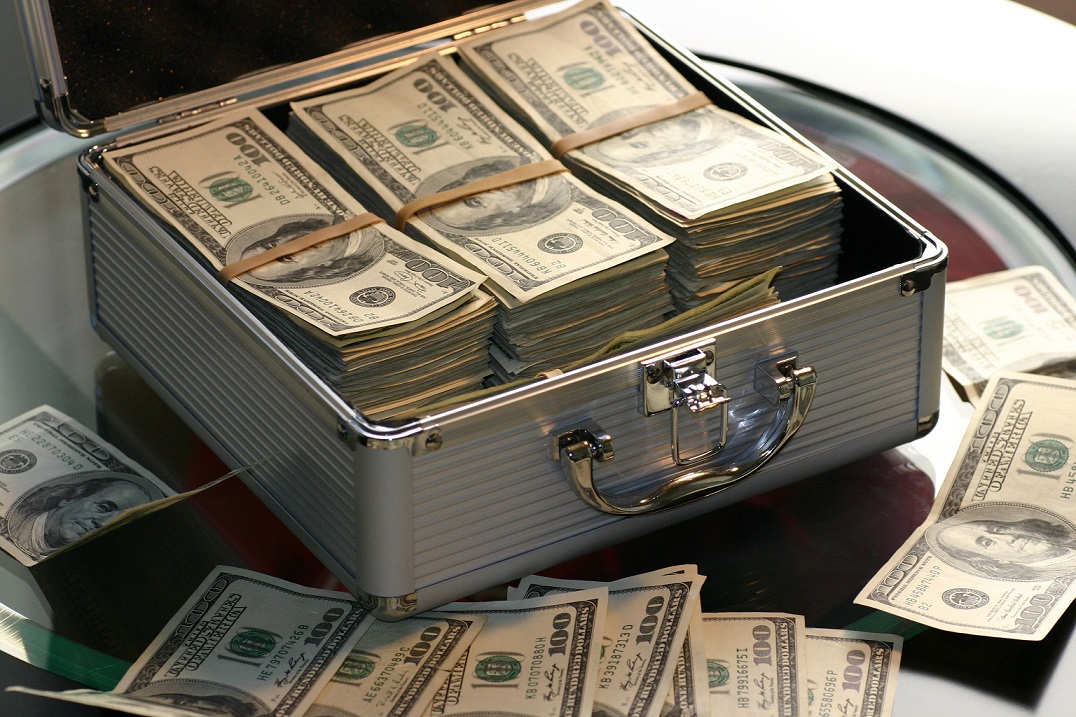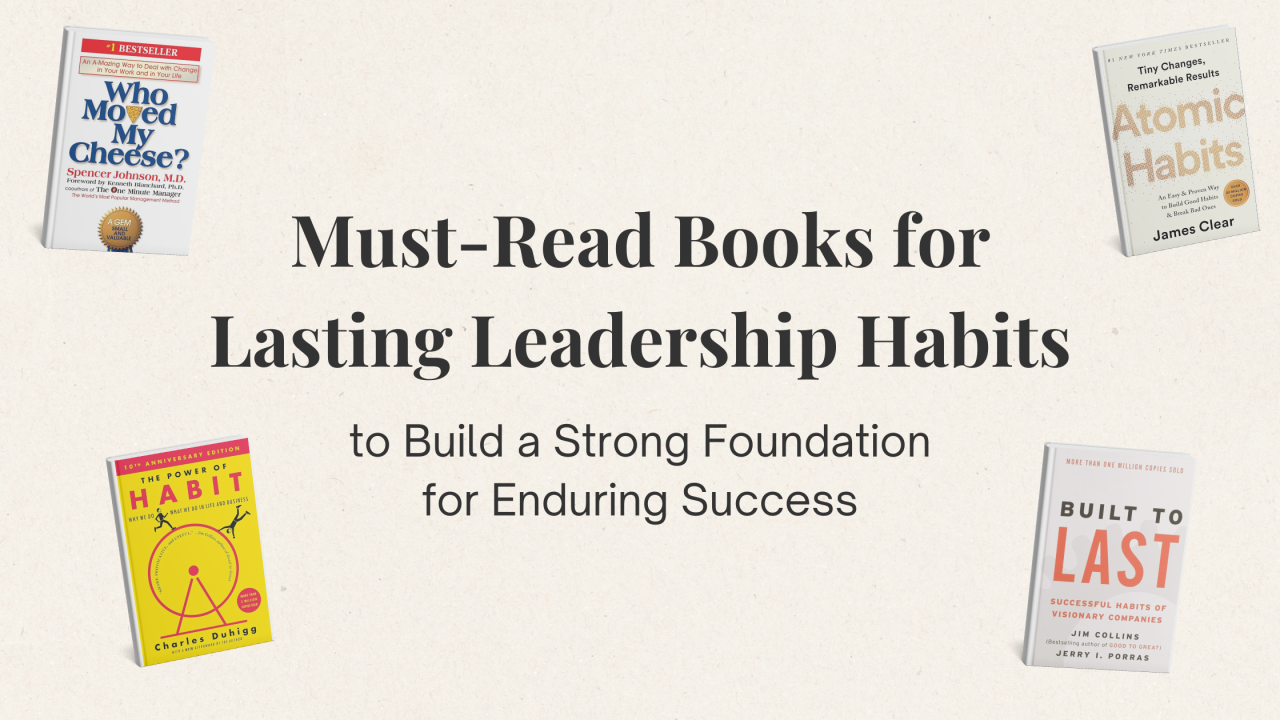As signs that the economy has entered a recessionary period are starting to add up, business owners are bracing themselves for the possibility of shrinking revenues. Those who have cash reserves might need to tap them, and those who don’t might end up wishing they had created a fund to help their business make it through difficult circumstances.
According to an analysis performed by JPMorgan Chase, most small companies don’t have sufficient cash reserves to provide an adequate cushion if there is a significant economic downturn or some other disruption to their business. The JPMorgan Chase Institute came to this conclusion by pulling data from 470 million transactions conducted by 597,000 small businesses over a nine-month period. They found that half of the businesses had a 27-day cash buffer in reserve. That means they could continue to meet all cash outflows (rent, payroll, utilities, etc.) without earning any money for just 27 days.
Even if you don’t have much of a reserve now, it’s not too late to start building one for the future. Having a reserve will give you more than just peace of mind. It will buy you time and offer you options. And most importantly, it can be a lifeline during a recession.
How Much is Enough?
To get started, think about how much you need to set aside to begin building a cash reserve. Every entrepreneur has their own idea of how much they need. Some believe that having enough funds to cover one month of expenses is enough, but I advise my clients to work towards a three-month reserve.
Begin regularly diverting some money from your company’s revenue into an interest-bearing savings account such as a 100% liquid money market fund. The biggest drawback to having a cash reserve is that rather than using the funds to create new opportunities, the money just sits in the bank. That can be hard for an entrepreneur to bear when there are countless ways to spend that cash to improve your business. Perhaps the most difficult part of this process will be not dipping into the account unless your business is facing an emergency.
An alternative to building a three-month cash reserve is to set up a hybrid reserve that is part cash, part financing. You can keep a smaller amount of cash on hand and approach your bank to set up a flexible financing vehicle to be used for emergencies. Although this option gives you more liquidity, it is not as safe as having the funds in the bank because lenders sometimes cancel lines of credit during severe recessions.
If your company is not in a financial position to start diverting funds into a reserve account right now because you are struggling to stay afloat, you can still begin planning now so that when the next recession hits, you’ll be ready.
Cutting Expenses Helps
If you’re finding it difficult to divert any money into savings, that usually means your expenses are too high for the revenue you’re generating. In my previous blog post, I discuss steps you can take to reduce expenses and get yourself to a point where it’s possible to funnel cash into your reserve account. The faster you get to this point, the better you’ll sleep at night.




